Mammals of Mutinondo

We can't promise that you will see any large mammals during your visit to Mutinondo; hunting from local villages, along with dense vegetation, keeps a surprising variety of game well hidden in the area. Mutinondo's mammals are truly wild, unprotected by fences or government patrols, so when they remain in the area, we treat it as an honour, and we hope you do too. Many of our animals are naturally wide-ranging, which fences would cut off, and wire from fencing is unfortunately often used in snares, which is why we prefer our wildlife entirely free-range.
We try to work with the community to offer opportunities for alternative income, but unfortunately, illegal hunting is still common, and the local legal system has not fully committed to enforcing wildlife laws.
Mutinondo Wilderness Mammal List
Bisa/Bemba names, supplied by members of our staff, are written in brackets following the English name.
Primates - Monkeys, baboons and galagos
- Thick-tailed bushbaby (Changa) - Otolemur crassicaudatus
- Southern African lesser bushbaby (Kabundi) - Galago moholi
- Yellow baboon - Papio cynocephalus
- Vervet monkey - Chlorocebus sp. (probably C. pyrgerethrus)
- Blue monkey - Cercopithecus mitis opisthosticus (Rare, transient)
Lagomorphs - Rabbits and hares
- Smith's red rock-rabbit - Pronolagus rupestris
- Scrub hare - Lepus victoriae
Rodents - Rats, mice and relatives
- Cape porcupine - Hystrix africaeaustralis
- Rock dormouse (Kabundi) - Graphiurus (Claviglis) murinus
- Tree squirrel/Kapale - Paraxerus cepapi
- Pouched/Giant Rat/Nsengere - Cricetomys gambianus
- Greater canerat/Nsenche - Thyronomys swinderianus
- Lesser canerat/Nsenche - Thyronomys gregorianus
- Spring hare - Pedetes cf. capensis (Rare, possibly transient)
Bats - Small to large, mostly nocturnal flying mammals.
- Horseshoe Bat - Rhinolophus
Carnivorans - Cats, dogs and relatives
- Leopard - Panthera pardus
- Lion - Panthera leo (Rarely, transient)
- Caracal - Felis caracal
- Spotted Hyena -Crocuta crocuta
- Side-striped jackal - Canis adustus
- Cape clawless otter - Aonyx capensis
- Honey badger - Mellivora capensis
- African civet - Civettictis civetta
- Large spotted genet - Genetta maculata
- Slender mongoose - Galerella sanguinea
Artiodactyls - Antelope and other even-toed hoofed mammals
- Bushpig - Potamochoerus larvatus
- Warthog - Phacochoerus aethiopicus
- Lichtenstein's hartebeest - Alcephalus lichtensteinii
- Common duiker - Sylviocapra grimmia
- Roan - Hippotragus equinus
- Sable - Hippotragus niger
- Klipspringer - Oreotragus oreotragus
- Sharpe's grysberg - Raphicerus sharpei
- Sitatunga - Tragelaphus spekii
- Southern Bushbuck - Tragelaphus scriptus
- Greater Kudu - Tragelaphus strepsiceros (Rare, transient)
- Eland - Taurotragus oryx
- Reedbuck - Redunca arundinium
Hyrax - Small, rodent-like herbivores, common in rocky areas.
- Yellow-Spot Hyrax - Heterohyrax brucei
Aardvarks - Large, nocturnal mammals that prey on ants and termites.
- Aardvark/Ant-Bear - Orycteropus afer
Sengi - Small to medium-sized, uniquely African mammals that appear similar to (very large) shrews.
- Chequered Sengi/Elephant Shrew - Rhynchocyon cirnei
This list is far from complete, as many of the smaller mammals are easily overlooked, and also, as public attitudes towards conservation improve in Zambia, some larger mammals are starting to range into areas of the country where they haven't been seen for some time.



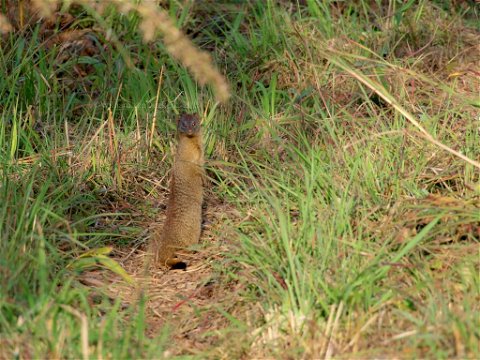
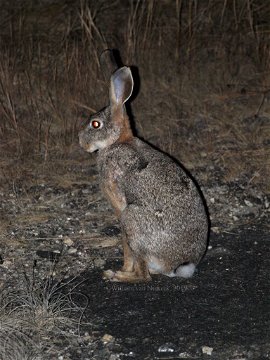
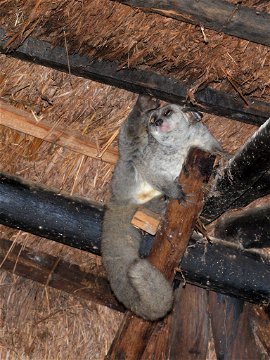

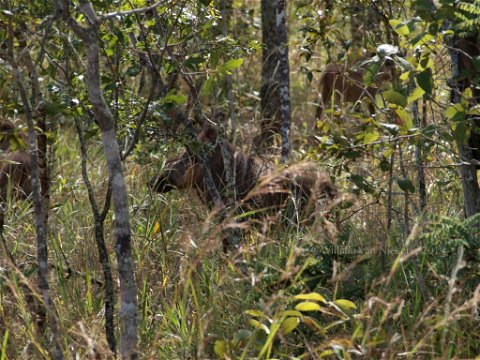

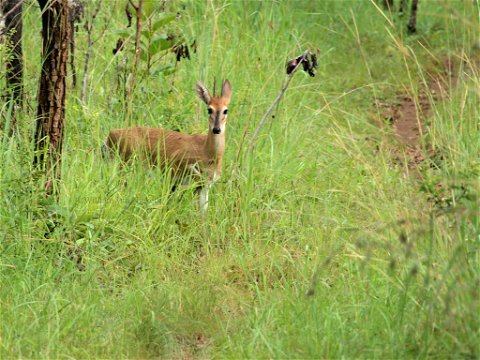
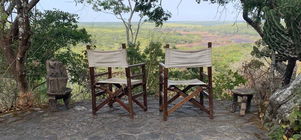

Share This Page